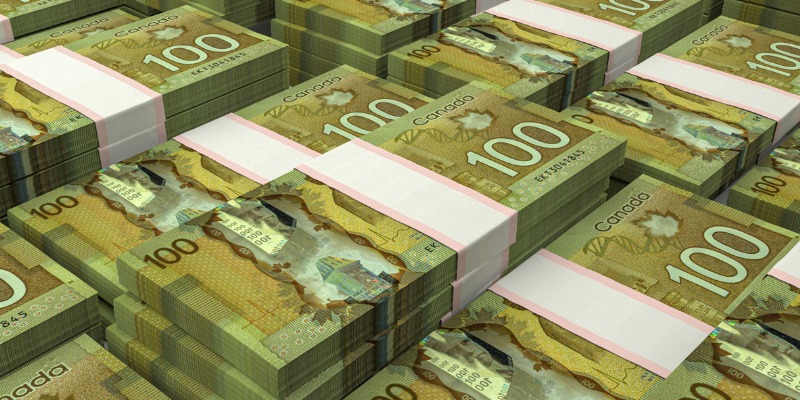B.C.’s coming debt boom will make COVID deficits look like small potatoes

During the depths of the pandemic and associated recession, governments across Canada ran large deficits and racked up considerable debt, borrowing and spending on priorities including loan and grants to businesses, support for individuals and health-care infrastructure.
British Columbia participated in the COVID-era pan-Canadian debt binge, running a budget deficit of more than $5 billion in 2020. However, recent forecasts from the Eby government suggest the province is about to embark on a new, much more expensive period of debt accumulation, which will make the COVID era look like small potatoes.
The numbers tell the story. According to the government’s forecast, this year’s operating deficit will be $5.6 billion—almost exactly the same size deficit (in nominal terms) the province ran during the worst days of the pandemic and steep recession of 2020.
However, that’s just the tip of the iceberg, representing the deficit for just one year and only counting day-to-day spending while excluding money spent on longer-term capital projects. The province’s most recent detailed multi-year fiscal forecast predicts that once these costs are included, provincial net debt will increase by $42.7 billion over the next three years.
To help put that number into perspective, this represents $5,315 in new debt for every resident of the province between 2022 and 2025.
Some historical context illustrates the unusual nature of this rapid explosion in debt. Again, if we harken back to the depths of the COVID recession, B.C. added $1,680 per person in debt. In other words, B.C.’s current fiscal plan calls for much more rapid debt accumulation in coming years than in 2020 and 2021 when governments across the country were piling up debt at a historic pace.
To provide another historical comparison, during the global financial crisis of 2008/09 and associated recession, the B.C. government added $3,438 per person in debt. This includes the recession itself as well as the recovery period when the province remained in deficit.
These numbers show B.C. is on track to add more debt in the years ahead than it did during two of the province’s darkest recent economic and fiscal eras—the 2008/09 recession and COVID. The difference, of course, is there’s no global crisis today that’s affecting revenue and contributing to the debt surge. Instead, the province is simply choosing to rack up far more debt than in either earlier period to finance per-person spending levels more than 30 per cent higher than just five years ago.
Another crucial difference is that during these previous two periods, interest rates were very low and/or falling, which meant that debt interest payments did not increase even as debt climbed. This time it’s very different, as the B.C. government forecasts that debt interest payments will climb by 36.7 per cent over a three-year period. As debt surges and interest costs rise, taxpayers today and in the future will pay for the Eby government’s spending and deficit decisions.

